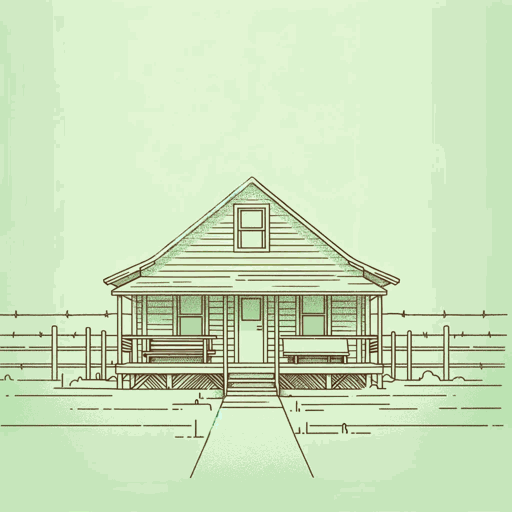49 pages • 1 hour read
Sheryl WuDunn, Nicholas D. KristofTightrope
Nonfiction | Book | Adult | Published in 2020A modern alternative to SparkNotes and CliffsNotes, SuperSummary offers high-quality Study Guides with detailed chapter summaries and analysis of major themes, characters, and more.
Background
Socio-Historical Context
In Tightrope, the authors describe the consequences of policies that have exacerbated income inequality and undermined working-class communities in the United States, policies that have been put in place since the 1970s. In addition, two crises of the past several decades—the opioid epidemic and the 2008/9 financial crisis—have negatively impacted the working class, while leaving the elites responsible for these crises largely unpunished.
Prior to the 1970s, many countries agreed that unregulated markets would lead to financial and social ruin; this “liberal consensus” led, in the United States, to such policies as the GI Bill of Rights, which helped returning WWII veterans gain access to the housing market with low-cost mortgages and covered tuition and living expenses to increase the country’s stock of human capital. In the 1970s, this consensus began to shift, and governments, including in the United States, began to favor deregulation, tax cuts for the wealthy, and the shrinking of government. This trend was particularly pronounced under President Ronald Reagan, who was elected in 1980. This shift in thinking on the role of government was accompanied by attacks on the power of unions, which were further undermined by globalization and the decline of manufacturing in the United States.
Related Titles
By these authors



